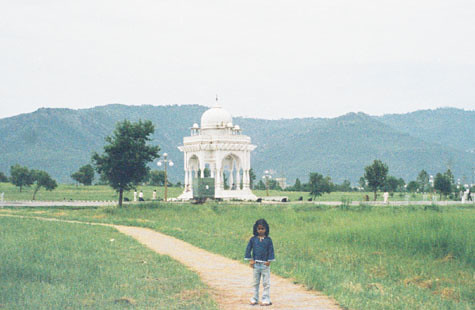For the past week, the news has been full of Afghanistan, a country in which our fighting over a period of 20 years had been neglected and ignored, pushed to the back of our minds. The decision of Donald Trump to withdraw US forces entirely, which was not reversed by President Biden, brought it crashing and screaming to the forefront of the news again: the decision in principle was welcomed or at least accepted by many, but the manner of its execution has been nothing short of catastrophic.
The media, taking its lead from, or providing a lead to, our politicians, have rightly focused on the strategic context, the collapse of the Afghan National Army, the almost-total victory of the Taliban and the ensuing human drama and misery. We have seen US embassy staff lifted to safety in helicopters, with strong echoes of the fall of Saigon in 1975, and we have seen the heart-rending scenes of chaos and desperation at Kabul airport as ordinary Afghans, terrified by the Taliban resurgence, seek any way out, any means of ensuring their safety.
The most viscerally dreadful illustration of what has happened was the near-unwatchable footage of an American C-17 transport aircraft, thousands of feet aloft in the clear blue Afghan skies, and then—too horrible, too reminiscent of the Twin Towers—tiny, speck-like figures falling: Afghans who had clung, literally for their lives, to the outside of the ‘plane but succumbed to the inevitability of gravity and of falling, falling, faster and faster, then reaching terminal velocity then… it is hard to imagine.
The priority is, of course, life and limb. But we are an arts journal, and it is with no apology that we take the time to acknowledge that the victory of the Taliban, while a humanitarian disaster, is also a catastrophe for culture. Readers with longer memories will recall the destruction in March 2001 of the Bamiyan buddhas, 6th and 7th century AD statues which the Taliban declared idolatrous; after subjecting them to sustained artillery fire, they were blown up with anti-tank mines.
On Wednesday, the UK Parliament was recalled to debate the precipitous collapse of the fragile Afghan state. Most concentrated on the immediate security and humanitarian issues, but friend-of-the-magazine Lord Vaizey of Didcot, a long-serving culture minister in the 2010s, returned to his familiar brief for his remarks. He referred in particular to those cultural projects on which the UK had co-operated with Afghans to foster education and learning.
Vaizey pointed to the National Museum of Afghanistan. It was looted repeatedly during the years of civil war, but in 2012 the UK returned more than 800 artefacts of central Asian origin from the British Museum, including the Begram ivories. Some of the museum’s treasures have also travelled to London and other places. Now, as Vaizey noted, “the lives of eight curators and their families are in danger. They are considered to have collaborated with the West, when all they were doing was restoring their own country’s cultural heritage.”
He also drew attention to the work of the British Council. (I have written elsewhere of the importance of the organisation’s task in cultural diplomacy.) Twenty-five contractors were employed in Afghanistan to teach English and foster relationships between British and Afghan schools; they and their families are now ostracised and endangered, suspected of “being spies and promoting Christianity”.
Vaizey concluded that we must now do what we can to save the individuals involved, whether curators and teachers, as mentioned above, or musicians, artists and scholars. “Afghanistan”, he reminded the Lords, “had national orchestras, and orchestras made up solely of women, whose lives are, again, under threat.”
It is a natural human response to be overwhelmed by the scale of the calamity which has engulfed Afghanistan, and done so in such a short period of time. It was only in February that this journal wrote of the power of art to help rebuild the country, while now we are reduced to trying simply to save lives, that most basic of impulses. Some of that work will be done by Blue Shield International, which the UK Department for Digital, Culture, Media and Sport supports. It is vital work, and, perhaps almost as important as saving the lives is saving that spark of hope, or revival, of renewal, a sense that, while the immediate future is grim, Afghanistan can rebuild itself again.
As Lord Vaizey concluded:
Shining a light on these few examples brings to life the fact that there was, to a certain extent, what one might recognise as a normal life in Afghanistan after we had defeated the Taliban, which was coming back. That is what the tragedy is about, but it is also about the here and now—these personal stories—and trying as best we can to secure the safety of the Afghan civilians who helped us so much in our work.
HL Deb, 18 August 2021, col 564
It would be heart-warming indeed to think that in a year’s time we might again be writing of the slow but sure blossoming of culture in Afghanistan. But much must change before that can happen. Until then, we must help the Afghan people nurture the flame of hope and of the Muses until it can go home again.

